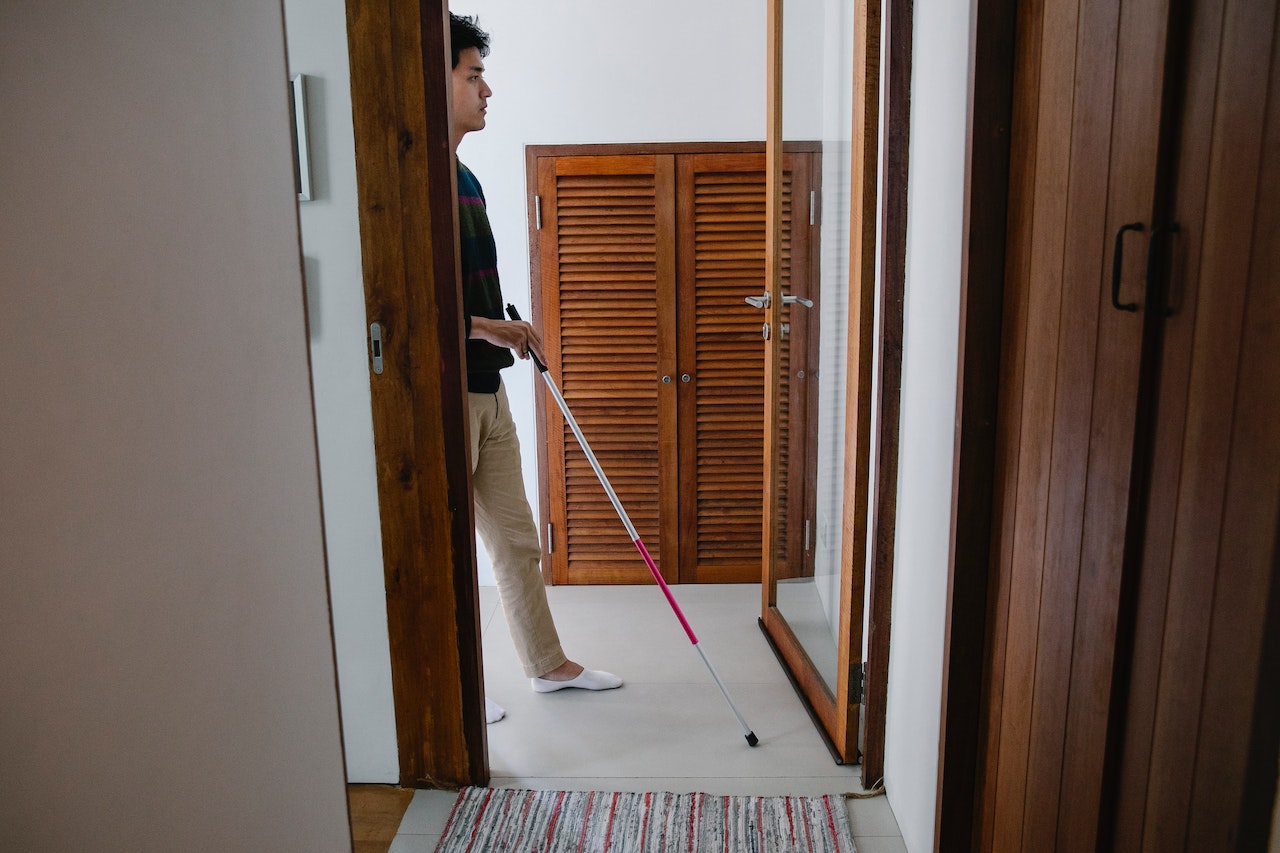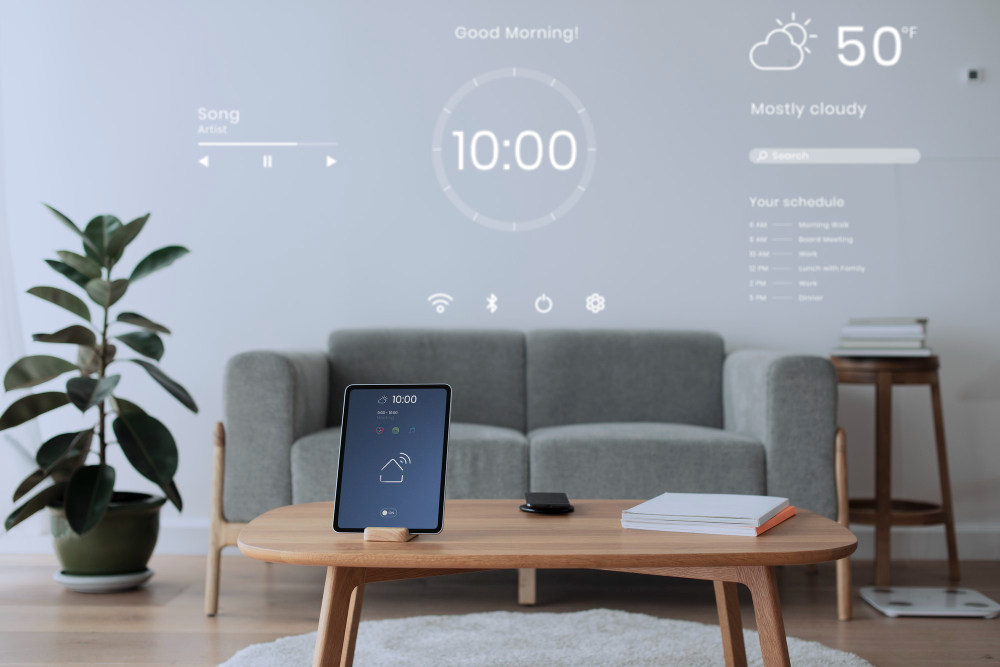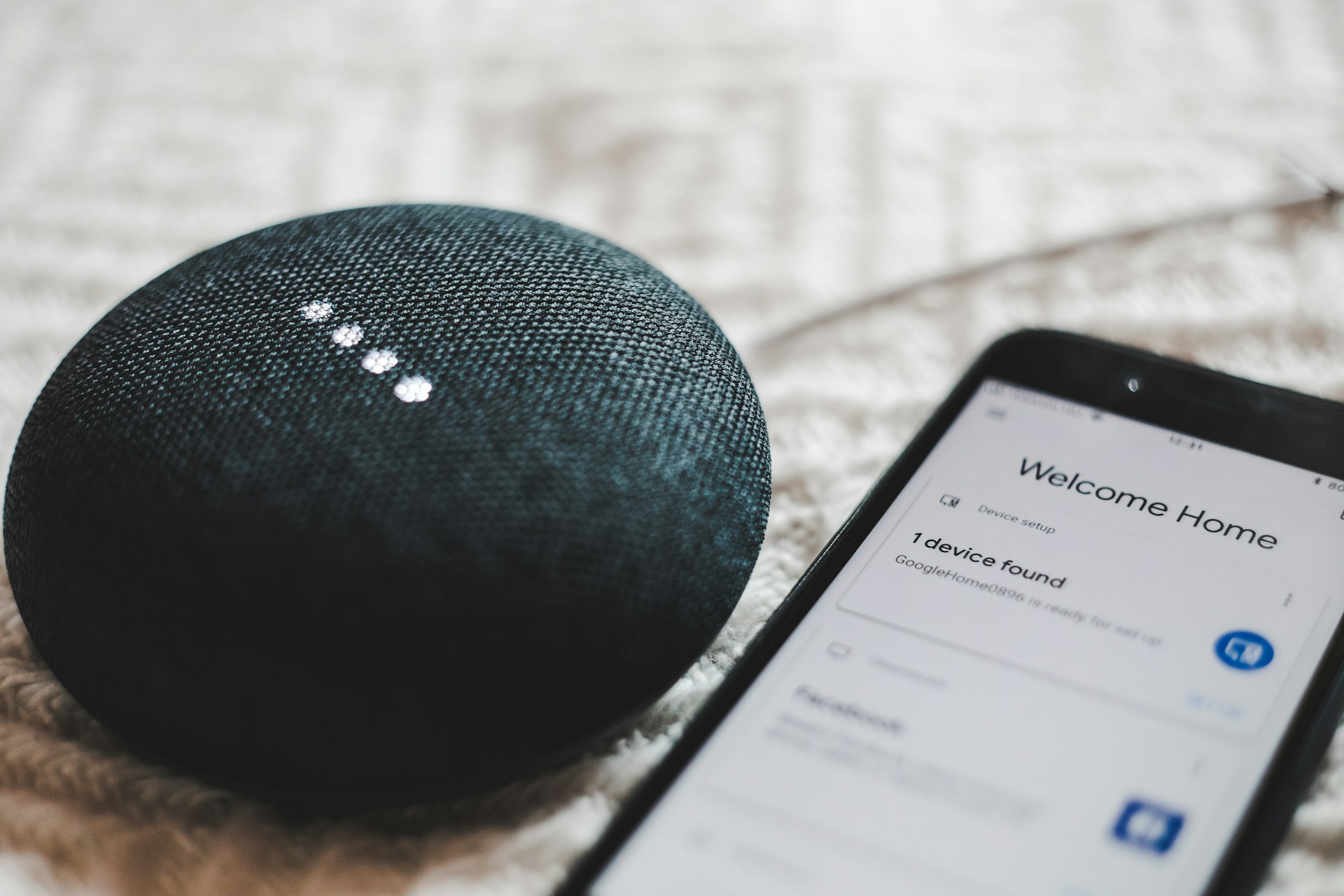Among the many serious difficulties that lockdown has brought, there’s one bright point to the pandemic arriving in 2020 rather than only a few years ago. Today’s Wi-Fi and internet technology means it’s much more realistic to work from home, reducing at least some financial disruption many people face.
It’s also easier to connect with friends and family through video conferencing apps, while high-quality, low-cost streaming means entertainment is at hand to help with the extra hours spent at home.
But nonetheless, the increased internet usage caused by the lockdown may be putting strains on your connection that it wasn’t set up to deal with. You may be experiencing issues that once seemed a minor annoyance but are now deeply frustrating as they impact important parts of life.
First things first
If your video meetings are unreliable and keep dropping the connection, or if your streaming is slow, jerky, and constantly buffering, then it’s time to look at improving your Wi-Fi to handle the extra load. And luckily, there’s plenty you can do to improve the situation by following these Wi-Fi tips, tricks, and hacks.
Your router position is important
The position of the Wi-Fi router/modem within your home is important for helping the signal reach every part of the building and keeping blockage and interference as low as possible.
The more centrally you can locate the router compared to the devices it serves, the better. However, there are several other factors to consider.
Blockages from walls and doors
Although your router may not be the most attractive feature in your home, it’s important to keep it in a relatively open position rather than hidden away out of view. The radio signals used by Wi-Fi can pass through many materials used in your home’s construction, but the strength – and speed – is best when the signal can travel through the air, unhindered by walls, closed doors, and other obstacles.
Try to keep the router in an open area, rather than hidden in a closet, and ensure there’s a clear line of sight to the room’s door to help the signal flow freely.
Use s high position
Place the router at a high point in the room, such as on a shelf or cabinet top. With most router designs, the signal spreads outward and slightly downward from the antenna, so adding a little elevation will keep more of the signal in the room rather than it heading up and away.
Stay away from appliances
You should also place the router/modem as far away as possible from other electrical devices, particularly power-hungry appliances such as refrigerators or microwave ovens. The electrical interference these devices generate can all but block the Wi-Fi signal if they’re too close to the router.
Avoid metal obstructions
And lastly, consider the amount of metal that’s hidden within a wall. In a bathroom or kitchen, there may be walls with high amounts of metal piping or electrical cables, and the signal will struggle to pass through these areas. Avoid having such walls directly between your router and your main devices if you can.
Your positioning options may be limited by the type of internet connection you have. If you have fiber or cable, your Wi-Fi router may need to be kept close to where the connection enters your home. With a telephone-based connection, you may have a little more flexibility.
But in either case, if your router is very badly placed it’s worth moving it to a better, more central location, even if this means paying someone to extend the wiring.
Technical hacks and WiFi tips
If your router is already placed in a good position, it’s time to move on to a few more Wifi technical hacks to get the most performance out of it. Some tips are simple, others a little more involved, but in combination, they can make a great difference to your internet speed.
Reset the router regularly
Consumer-grade routers like those supplied with a contract can start to get overloaded after periods of heavy use. They’ll begin to drop more connections, and the overall speed will slow down. As the old cliché has it, turning the router off and back on again can clear up many issues.
Get into the habit of rebooting or resetting the modem regularly, or even consider using an outlet timer to do an automatic reset every day, preferably at a time when the internet isn’t likely to be in use.
Adjust the antennas
Simply moving the router’s antenna can dramatically affect the signal distribution around your home. Try pointing it in different directions until you start to home in on the best position. If the router has dual antennae, try moving them in right-angled directions, with one pointing upward and one to the side. But in any case, make sure the antennae aren’t pointing backward into a wall or out of a window.
Update the firmware
Wi-Fi technology changes quickly, and older routers can soon become left behind. Updating the device’s firmware can help keep it working more efficiently, as well as ensuring it stays up to date with security issues. The method of updating the firmware is different for each router model, but the details should be in the user’s manual.
Checking the signal around your home
If you’re still experiencing variable speeds around your home, it’s time to test each room so you have a clear picture of the signal’s layout. Don’t rely on your devices’ signal strength reports, as these give only a very rough estimate.
Instead, use an internet speed test website through your smartphone, carrying it from room to room, or use one of the many speed test apps available, iOS or Android.
Testing every room will help you decide where to take your laptop when a strong and stable connection is vital for work. But if you’re limited to working in one particular room, there are still steps to take to improve its connection if needed.
Use a repeater to extend range
If there are specific parts of your home with poor internet speed, investing in a Wi-Fi repeater for each general area can be useful. Placing a repeater halfway between the router and the ‘dead spot’ can extend the original signal’s range, making it available even in the more distant parts of your home.
Wi-Fi repeaters can be bought very inexpensively. However, it’s usually worth going for a mid-range model rather than the very cheapest, as the connection will only be as good as the weakest part of the setup.
But even with an expensive repeater, there’ll be a slight impact on speed as an extra layer of technology is involved. This is unlikely to be a problem for general use, including conferencing and streaming, but it may be an issue for online gaming, for example.
Managing internet usage
Even if you have the best router and the fastest internet, having the whole family online at once during lockdown puts your connection under a lot of strain. You can avoid the worst issues and get the most of your internet connection by carefully planning your family’s internet usage to ensure the most important tasks take priority when sharing the connection’s bandwidth.
Make a schedule of work, school, and entertainment internet usage
In lockdown times, work and school internet usage are the main priorities. Draw up a schedule of when each family member needs to connect for these purposes and avoid streaming or downloading for entertainment during these periods.
Make sure everyone knows the schedule and its limits and understands why it’s so important to stick to them.
Limit the number of connected devices
It can also help limit the number of devices connected to the router simultaneously. While most modern models can support dozens of simultaneous connections, the overall speed and reliability will drop for each added device.
Remember, smartphones and so on are constantly checking for emails and other updates, even if they’re not actively being used. If you’re having connection speed issues, try disconnecting all unused devices from the router, from smartphones to tablets to USB streaming devices.
Consider upgrading your plan
Lastly, the increased bandwidth needs of lockdown may mean your current plan isn’t up to the job. If all else fails, upgrading your connection may be the best way forward, even if it’s inconvenient and costly.
Depending on your location, very high connection speeds can nowadays be available at surprisingly low costs. Not all providers reward loyal customers with improved service levels as the years pass, so if you’ve been with the same plan for a while, check if there’s anything faster in your area.
You may be able to get a vastly improved connection without paying much more, and you’ll also probably get a newer router with better range and speed as part of the setup deal.
But upgrading should be a last resort. The Wi-Fi tech of today is amazingly advanced, but that doesn’t mean it always works perfectly straight out of the box. If you’re unhappy with your current internet connection, these tips should help you get the best out of it before deciding whether an upgrade is truly necessary.




